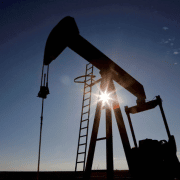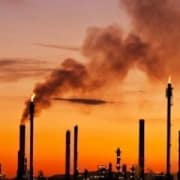Some of the Permian Basin’s leading oil and gas companies announced plans to continue increasing extraction operations and investments. This is even as oil prices dipped due to an impending global recession.
Much of the spending would go to decreasing the environmental footprint of fossil fuel extraction. Amid shifts in government policies and investor pressure for the industry to address pollution.
ExxonMobil, the parent company of Permian-leading XTO Energy said on Dec. 8 it planned to maintain up to $25 billion in capital expenditures (CAPEX) through 2027 while investing $17 billion in “lower carbon” initiatives – an increase of about 15 percent.
The company plans to focus its investments in the Permian Basin in U.S. This is along with other “high-return” regions like Guyana and Brazil, according to the announcement.
Upstream oil and gas production was expected to grow by about 500,000 barrels of oil equivalent (boe) per day. The company said, to a total of 4.2 million boe per day.
Most of that, about 50 percent, was expected to come from the high return regions in the Permian Basin and others around the world.
Click here to read the full article
Source: Carlsbad Current-Argus
If you have further questions related to Leading Oil and Gas Companies, feel free to contact us here.









